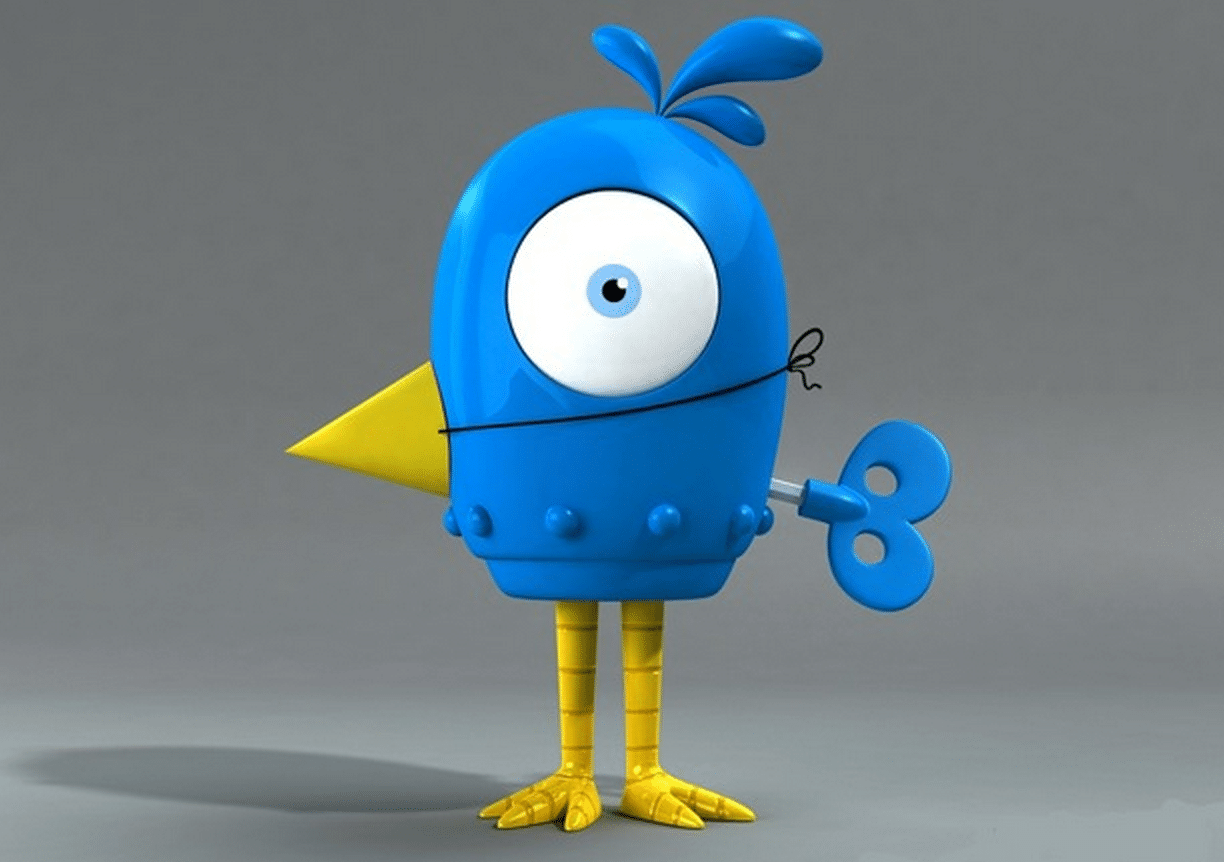By Regina Mihindukulasuriya
Between 60 and 80 percent of Twitter handles posting on the Russia-Ukraine war may be bot accounts, research by scholars from the University of Adelaide, Australia, has found.
Among other influences, these bot accounts may have been pushing people to flee their homes during the conflict between these two countries, the researchers added.
Read also: Check out our coverage on curated alternative narratives
The researchers also found more “pro-Ukraine” accounts than “pro-Russia” accounts.

The paper titled “#IStandWithPutin versus #IStandWithUkraine: The interaction of bots and humans in the discussion of the Russia/Ukraine war” was released on Aug. 20.
The researchers studied 5.2 million posts on Twitter — tweets, retweets, quotes, and replies to tweets — shared between Feb. 23 and Mar. 8 this year to understand how bot activity may influence online discussions around the Russia-Ukraine conflict and how bots may influence human emotions.
The studies posts contained hashtags like “StandWithPutin”, “(I)StandWithRussia”, “(I)SupportRussia”, “(I)StandWithUkraine”, “(I)StandWithZelensky” and “(I)SupportUkraine”.
Bot accounts were identified using Indiana University’s Botometer — a software that helps identify a bot account.
“We can say that between 60 percent and 80 percent of accounts tweeting the hashtags we studied during the first two weeks of the war were bots, as determined using the Botometer,” Joshua Watt said to an Indian newspaper.
According to Watt, it is not clear whether the bots were influencing people to flee Ukraine or Russia.
Watt added: “We cannot conclude where this is happening due to having no geographical information on the origin of accounts.”
“We can conclude that the bot accounts influence more discussion surrounding moving/fleeing/going or staying in a country/location.”
MORE PRO-UKRAINE BOT ACCOUNTS
According to the researchers, 90.16 percent of the accounts tweeting on the Russia-Ukraine war were “pro-Ukraine,” and only 6.80 percent were “pro-Russia”.
“Balanced accounts” — those which showed mixed behavior — comprised 3.04 percent.
“The ‘pro-Russia’ account group has the largest outward information flows and significant flows to a range of other groups, having a positive information flow into both ‘pro-Ukraine’ and “Balanced” account groups, observed the researchers.
This means genuine pro-Russia users can influence more users on Twitter than real users who are pro-Ukraine.
The researchers found “a spike” in bots on March 2 and 4.
The first spike aligns with Russia capturing Kherson (a town in Ukraine), but also when the #(I)StandWithPutin and #(I)StandWithRussia hashtags were trending.”
The research also found noon to 1:00 pm as “the most popular time’ to tweet at any timezone.
The most commonly-used bot type both by pro-Ukraine and pro-Russia sides is the “self-declared bots — accounts that are transparent about being bots — “suggesting that authorities have identified these bots as most useful in an information warfare campaign”.
Self-declared bot accounts have the word ‘bot’ in the username or bio.
The research also found the pro-Ukraine side to use more astroturf bots than the pro-Russian side.
Astroturf bots are hyper-active political bots, continuously following other accounts to increase their account’s follower count and systematically deleting content from their account.
HOW BOTS TRIGGER EMOTION
The research studied the words that most commonly appear in the bot accounts to note that “self-declared bots drive more angst about governing bodies.
From a pro-Russian perspective, this may cause more disruption in the West, and from a pro-Ukrainian perspective, this may cause more trouble in Russia”.
The research paper observed that the bots also trigger angst by using angst-related words, a majority of which are “surrounding fear and worry”.
The researchers, therefore, argued that bots and automated accounts “combine to increase fear in the overall discussion of the Russia/Ukraine war”.
The bots also increase online discussion around motion, observed in the research paper, by tweeting posts with words like “moving”, “go”, “going”, and “leave”, which are potentially associated with staying or fleeing the country.
Combining this with increases in angst suggests that bots could influence people’s decisions surrounding whether to flee their homes or not, claimed the paper.
Join us on Telegram: t.me/theriotimes

